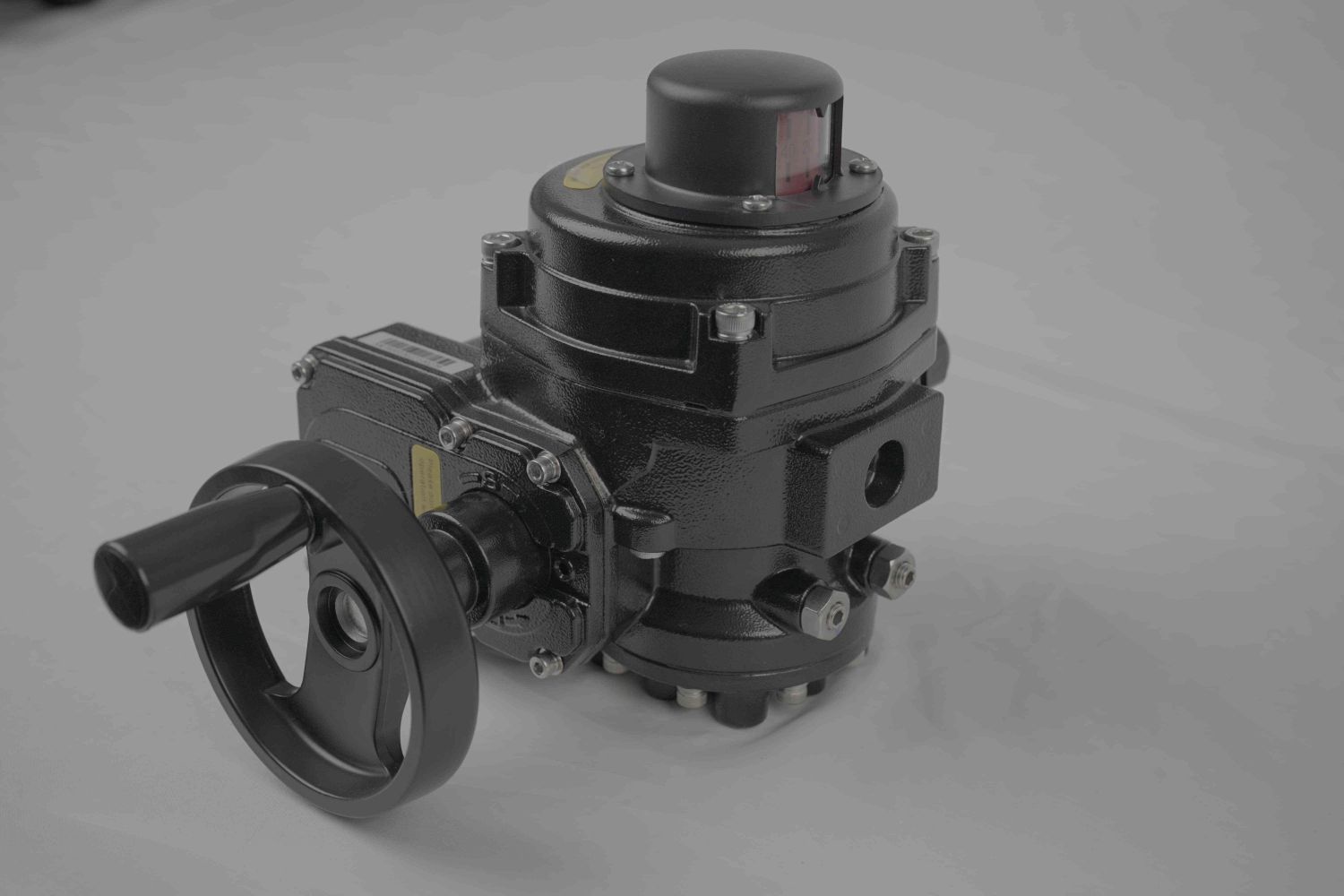understanding the importance of lithium battery valve in modern energy storage systems
Release time:2025-03-29 04:14:51
Lithium batteries have become the cornerstone of modern energy storage solutions, powering everything from smartphones to electric vehicles and renewable energy systems. However, like all technologies, lithium batteries come with their own set of challenges. One key component that plays a critical role in ensuring the safe and efficient operation of lithium batteries is the lithium battery valve. This article will explore the function, significance, and potential improvements of lithium battery valves in enhancing the safety and performance of lithium-ion batteries.

What is a Lithium Battery Valve?
A lithium battery valve, also known as a safety valve or pressure relief valve, is a crucial part of the battery's safety system. It is designed to prevent dangerous pressure build-up within a battery cell. When a lithium-ion battery undergoes extreme conditions such as overcharging, overheating, or short-circuiting, the electrochemical reactions inside the cell can produce gases. These gases, if allowed to accumulate without proper venting, can cause the battery to rupture or even explode. The lithium battery valve acts as a fail-safe mechanism that opens when the internal pressure reaches a certain threshold, releasing the accumulated gas in a controlled manner and thus preventing catastrophic failure.


